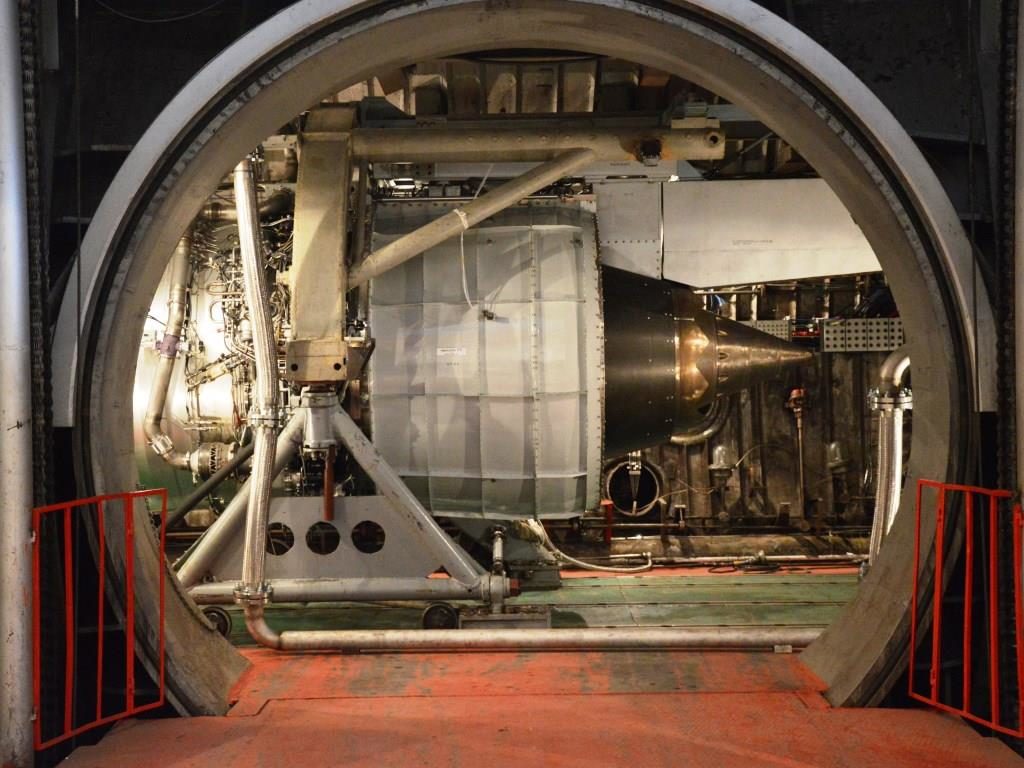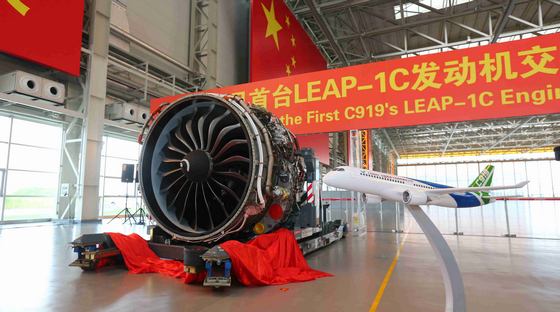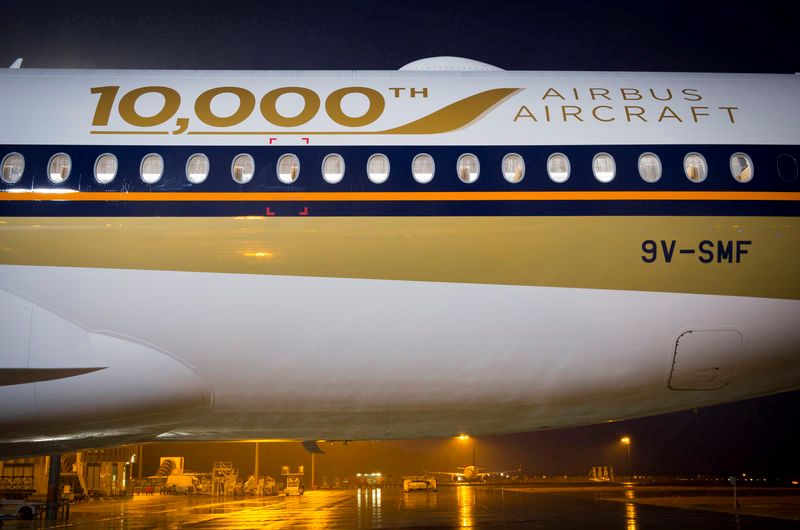Leeham News and Analysis
There's more to real news than a news release.
Bjorn’s Corner: The Engine challenge
October 21, 2016, ©. Leeham Co: In our Corners on East bloc aeronautical industries, we could see that the hardest part to master in a new civilian airliner is the engine.
Both new airliners from Russia and China (Irkut MC-21 and COMAC C919) start their lives with Western engines.
Why is this so? What are the challenges that make engines harder to create than aircraft?
We will spend several Corners on the main reasons that airliner engines are harder to do than aircraft. Read more
From zero to 10,000 in 50 years; can COMAC duplicate this achievement?
By Bjorn Fehrm
October 19, 2016, ©. Leeham Co: Airbus delivered its 10,000 aircraft last week (Figure 1), an A350-900 delivered to Singapore Airlines.
Delivering the 10,000 aircraft after 50 years of start of project is impressive, especially as the competition, Boeing Commercial Airplanes (BCA), the late McDonnell Douglas Corp and Lockheed Co, fought Airbus every step of the way.
We have a new player starting its 50 years, Commercial Aircraft Corporation of China, COMAC. It’s on its eighth year and the competitions’ sentiments are: “It will take long before they can compete, decades!”
Let’s compare with the rise of Airbus and see what can be learned. Will COMAC deliver its 10,000th aircraft in 50 years? Or in a shorter time? Read more
Bjorn’s Corner; The Engine Research Institutes
October 14, 2016, ©. Leeham Co: In our Corners on East bloc aeronautical industries, we will now look at the role of the Research Institutes in Russian and Chinese civil aircraft engine development.
The Russian engine industry is organized similarly to the aircraft industry. It has a powerful research organization which has a much larger role than research organizations in the West.
A large part of fundamental design work and testing is done at the research institute and not at the design bureau level, Figure 1.

Figure 1. PD-14 engine altitude testing at the Central Institute of Aviation Motor Development (CIAM) in Moscow. Source: CIAM.
The Chinese organization of the engine industry is similar, the difference being that the research organizations are organized within the giant AVIC (Aviation Industry Corporation of China) grouping, rather than reporting to the state via a research organization path. Read more
Bjorn’s Corner: The Chinese aircraft engine industry
October 07, 2016, ©. Leeham Co: In our Corners on East bloc aeronautical industries, we will now look at the Chinese civil aircraft engine industry.
The Chinese engine industry is closely modeled after the Chinese aircraft industry that we looked at last week. It is organized as divisions and later subsidiaries to the major aircraft companies. Contrary to the Chinese aircraft industry, it has had major problems in gaining the necessary know-how to start developing and producing its own designs.
The industry has built Soviet designs on license since the 1950s and only recently managed to present functional own designs, after many failures.
Bjorn’s Corner; The Chinese civil aircraft industry
September 30, 2016, ©. Leeham Co: In our Corners on East bloc aeronautical industries, we will now look at the Chinese civil aircraft industry.
The Chinese aero industry has similarities with the Russian industry in its overall structure. From the start of the industry in the 1950s, it was structured after the Soviet model of research institutes, design bureaus and production companies.
The difference to the Soviet Union was that its own Chinese aircraft designs only started in the 1970s. Before that, the industry built Soviet designs on license and then modified versions of licensed designs.
The first own aircraft designs were presented in the 1980s with a focus on military designs for the first 20 years. Read more
Russian-Chinese wide-body: Program responsibilities
By Bjorn Fehrm
Subscription required.
Introduction
September 29, 2016, ©. Leeham Co: We will now finish our series about the Russian-Chinese wide-body with looking at who will have what role in the program.
As we described in the initial article, “Background and outlook,” Russia and China have vastly different competencies when it comes to making a state of the art wide-body aircraft.
Russia has made airliners since the 1930s, including wide-body jets. China did not design its own jet aircraft (military or civil) until the mid-1980s. Most of the aircraft produced still today in China have their origin in Russian designs.
At the same time, we saw in the article about the market demand for the aircraft that the Chinese market is 90% of the home market. This makes for China demanding important parts of the aircraft’s production, and China has the money to invest in production facilities.
All this will influence how different parts of the project will be shared between Russia’s United Aircraft Corporation (UAC) and Commercial Aircraft Corporation of China (COMAC).
Summary:
- Russia and China enter the wide-body project with widely different knowledge bases.
- Russia has long time knowledge on how to develop and produce aircraft and their engines.
- China on the other hand has the market for the aircraft.
- China also know a lot about serial production and have money to invest. Read more








